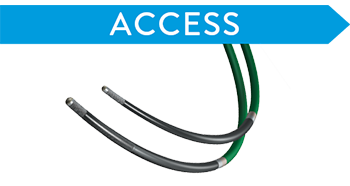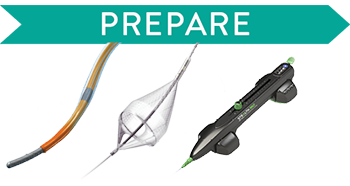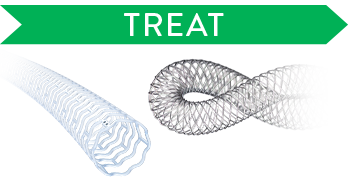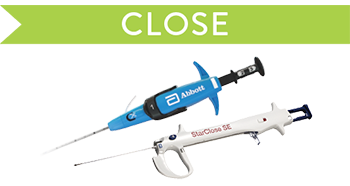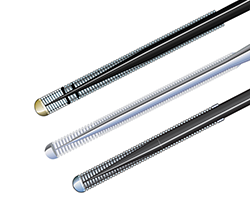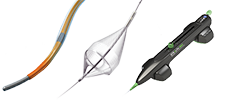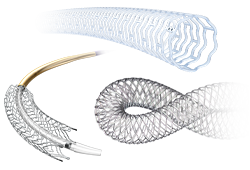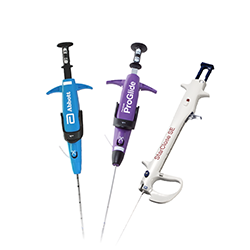Peripheral Artery Disease (PAD) is a significant global health burden, affecting over 236 million people worldwide1 and presents in 15-20% of people > 70 years of age.2 As a global leader in peripheral intervention, Abbott offers innovative products to treat the full spectrum of PAD and chronic limb threatening ischemia (CLTI).
Every lower limb case is unique, and no lesion is the same. That is why we focus on providing the therapies, tools, and specialized knowledge that enable you to tailor your approach and optimize long-term, durable outcomes.

Individualized Solutions in Lower Limbs
Our comprehensive portfolio offers individualized solutions for every step in lower limb care from ACCESS to CLOSE.
Access
Gain access with the right guide wires.
Workhorse
- Hi-Torque Command™ 14 Guide Wire Family (.014")
- Hi-Torque Command™ 18 Guide Wire Family (.018")
- Hi-Torque Versacore™ Guide Wire Family (.035")
Specialty
- Hi-Torque Proceed™ Guide Wires (.014")
- Hi-Torque Winn™ 200T Guide Wires (.014")
- Hi-Torque Connect™ 250T Guide Wires (.018")
Supportive
Prepare
Clear obstacles with peripheral dilatation catheters, embolic protection, and orbital atherectomy.
Simple to Complex Lesions
- Armada™ Balloon Dilatation Catheters
- Emboshield NAV6™ Embolic Protection System
- Stealth 360™ Peripheral Orbital Atherectomy System
Close
Manage hemostasis efficiently.
Suture-based
- Perclose™ ProStyle™ Suture-Mediated Closure and Repair System
- Perclose ProGlide™ Suture-Mediated Closure System
Clip-based
Additional Abbott Peripheral Products
Sharing Information, Promoting Understanding:
Resources to Help Your Patients Walk Away from PAD/CLTI
Beyond the treatment, make sure your referring physicians are fully aware of PAD and CLTI and how they can help with early diagnosis and timely treatment. For information specifically for the physician, visit our Clear Program webpage. Access a full range of helpful tools and insights.
Clear Program
Helping physicians streamline PAD referral and diagnosis
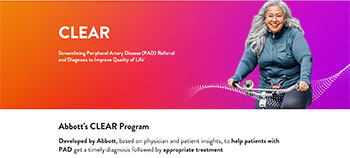
References
- Song P, et al. Lancet Glob Health. 2019; 7(8): e1020-30.
- Norgren L, et al. J Vasc Surg. 2007; 45(1): S5-67.
MAT-2415122 v3.0

